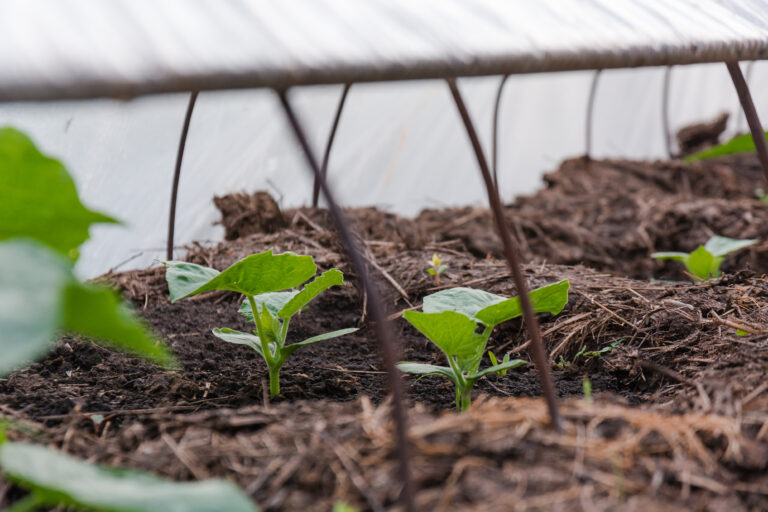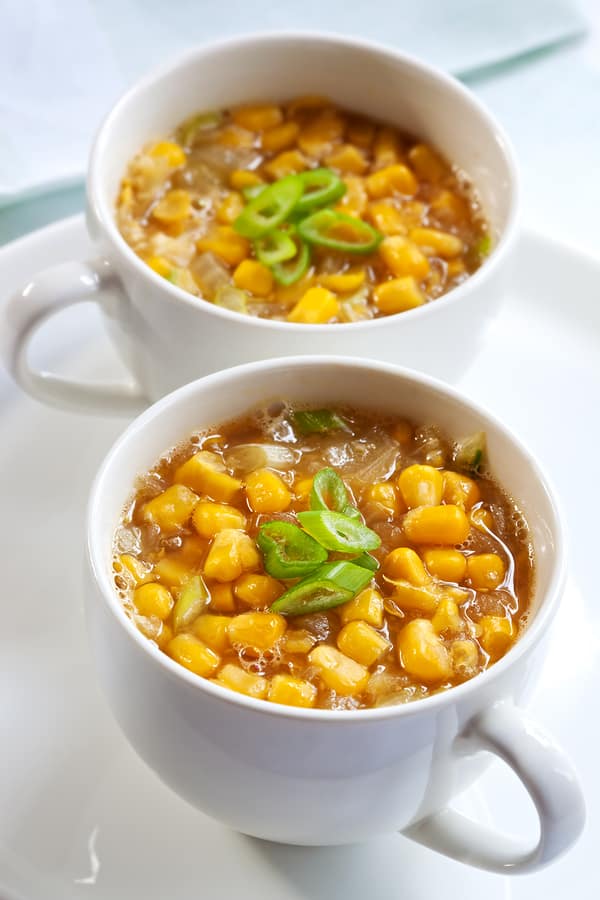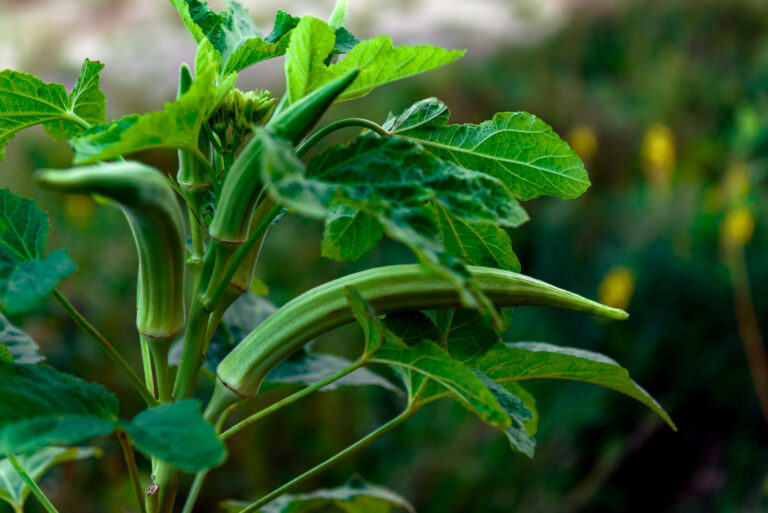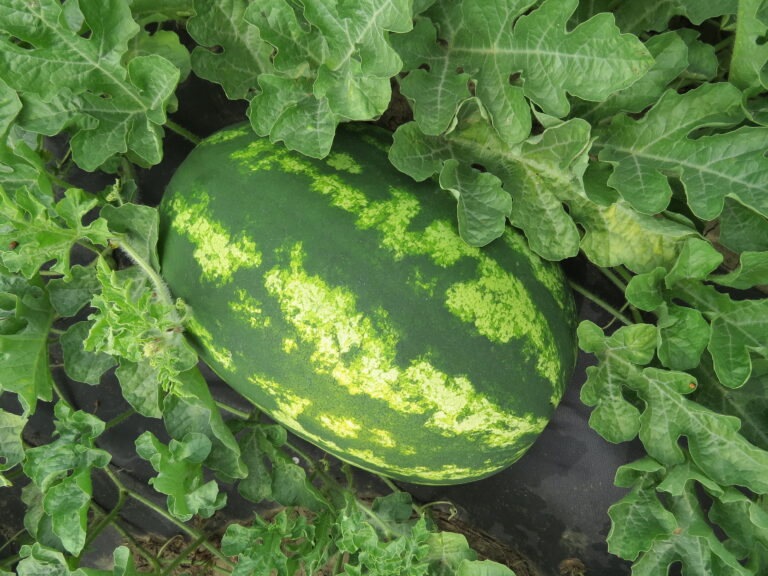The Best Companion Plants for Sweet Corn (And What to Avoid)
After growing corn for over 30 years, I’ve found that one of the easiest ways to support a healthy corn patch is to plant good companions nearby. Choosing the right companion plants can improve pollination, deter pests, enrich the soil, and even make harvesting more convenient. On the flip side, planting the wrong neighbors can lead to stunted growth, pest problems, and poor yields.
In this guide, I’ll share the best companion plants to grow with corn, which ones to avoid, and how I use these combinations in my own garden. This is all based on hands-on experience season after season, learning what really works.
Why Use Companion Planting with Corn?
Corn is a heavy feeder and grows tall fast. It casts shade, demands nutrients, and is susceptible to a few common pests like corn earworms and aphids. The right companions can:
- Help fix nitrogen into the soil
- Deter or trap pests
- Make better use of garden space
- Support pollination and overall crop health

The Best Companion Plants for Corn
1. Beans (Pole or Bush)
This is a classic pairing from the Three Sisters garden model. Beans fix nitrogen in the soil, which corn loves, and in return, corn provides support for pole beans to climb.
My experience: I’ve found pole beans can sometimes outcompete corn if planted too early, so I sow them a couple of weeks after the corn starts growing tall.
2. Squash and Pumpkins
These sprawling vines help suppress weeds and retain soil moisture under the corn. Their prickly leaves also discourage raccoons and other pests.
Tip: Choose bush or semi-vining varieties if space is tight. I often use acorn squash or summer squash varieties.
3. Cucumbers
Like squash, cucumbers act as a living mulch. They also benefit from the partial shade provided by corn in hot climates.
Tip: Avoid letting cucumbers climb corn stalks, as they can pull them over.
4. Melons
Similar to cucumbers and squash, melons help cover the soil and keep it cool. They thrive in the rich, well-watered soil that corn prefers.
Watch out: Give melons enough room—they can get aggressive.
5. Dill and Basil
These herbs attract beneficial insects like ladybugs and parasitic wasps, which help control aphids and corn earworms.
Bonus: Dill also helps support pollinators around tasseling time.
6. Marigolds and Nasturtiums
Both repel common pests and attract pollinators. I plant marigolds around the corn patch to create a natural pest barrier.
7. Sunflowers
These tall plants can help attract pollinators and beneficial insects, while also creating a windbreak for corn. I usually plant sunflowers along the windward edge of my corn garden.
What Not to Plant with Corn
Over the years, I’ve learned (sometimes the hard way) which plants do not get along with corn.
1. Tomatoes
Corn and tomatoes attract many of the same pests—especially corn earworms and tomato hornworms. Growing them together can create a pest paradise.
2. Brassicas (Cabbage, Broccoli, Cauliflower, Kale)
These plants compete with corn for nutrients and don’t enjoy being shaded. I’ve had poor results trying to grow cabbage near corn—small heads and slow growth.
3. Fennel
Fennel tends to inhibit the growth of most vegetables, including corn. I always keep it well away from the main garden beds.
4. Beets
Beets are root crops that don’t perform well in the heavy shade cast by corn, and they don’t offer much benefit in return.
Tips for Successful Corn Companion Planting
- Space smartly: Use the space between corn rows for smaller companions like herbs or squash. This helps maximize productivity.
- Stagger planting: Corn should go in first, then follow with beans or vining crops once stalks are established.
- Water deeply: Companion plants like squash and cucumbers have similar water needs—about 1 to 1.5 inches per week.
- Rotate annually: Companion planting works best as part of a bigger crop rotation plan to avoid soil depletion and disease buildup.
Final Thoughts
Companion planting with corn can make your garden more productive, resilient, and even more beautiful. After three decades of growing, I’ve found that the best companions are the ones that work with corn’s needs, not against them. With careful planning, you’ll be rewarded with healthier plants, fewer pests, and a tastier harvest.
Let me know—what’s worked well for you as a corn companion? Have you had success with any plants not listed here?
Overview Post: How to Grow Corn: The Complete from Planting to Harvest
🌽 Related Posts: Explore More on Growing Corn
🌱 Getting Started with Corn
- Starting Sweet Corn from Seed: Proven Tips for Early Success
- When and Where to Plant Sweet Corn for the Best Yield
- Planting Sweet Corn: Spacing, Block Planting, and Depth Tips
- Can You Grow Corn in Containers? Yes-Here’s How
💧 Watering, Feeding, Pollination & Care
- How to Water and Fertilize Sweet Corn for Maximum Yield
- Sweet Corn Pollination: Natural and Hand-Pollination Tips
- The Best Companion Plants for Sweet Corn (And What to Avoid)
- What To Do When Corn Falls Over (Lodging Tips)
🌽 Harvest, Storage & Serving
- How to Harvest and Store Sweet Corn
- How to Store Fresh Corn and Preserve It for Later
- Seven Easy Wasy to Cook and Serve Sweet Corn
🐛 Pests, Diseases & Troubleshooting
🌟 Sweet Corn Varieties






